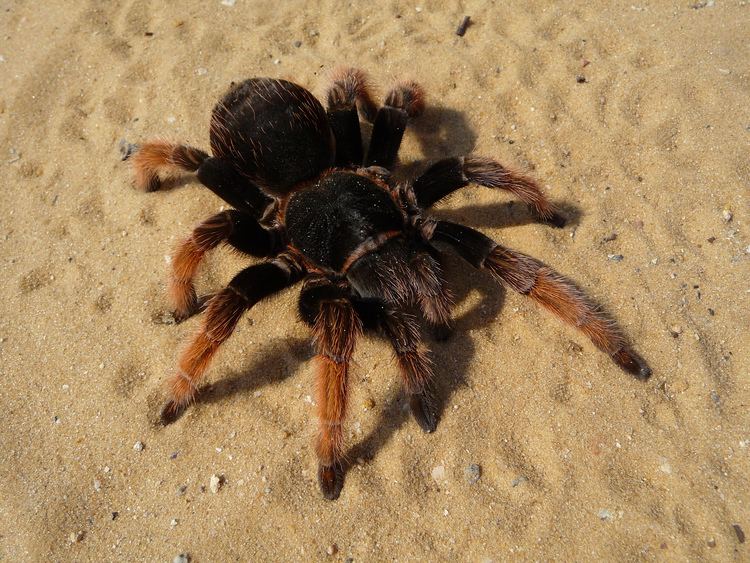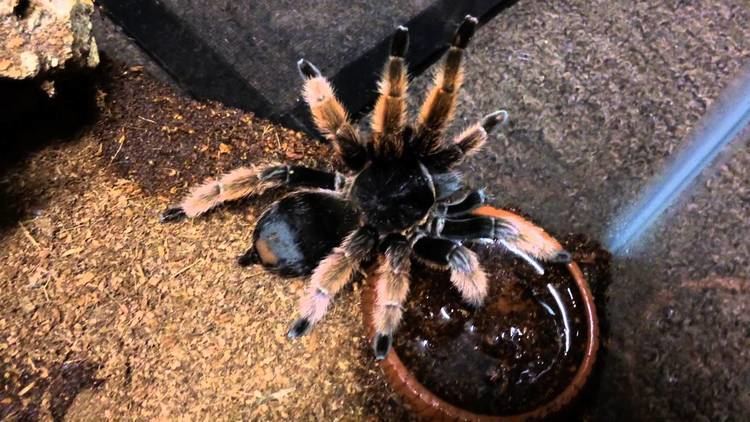Order Araneae | Family Theraphosidae Scientific name Brachypelma klaasi Rank Species | |
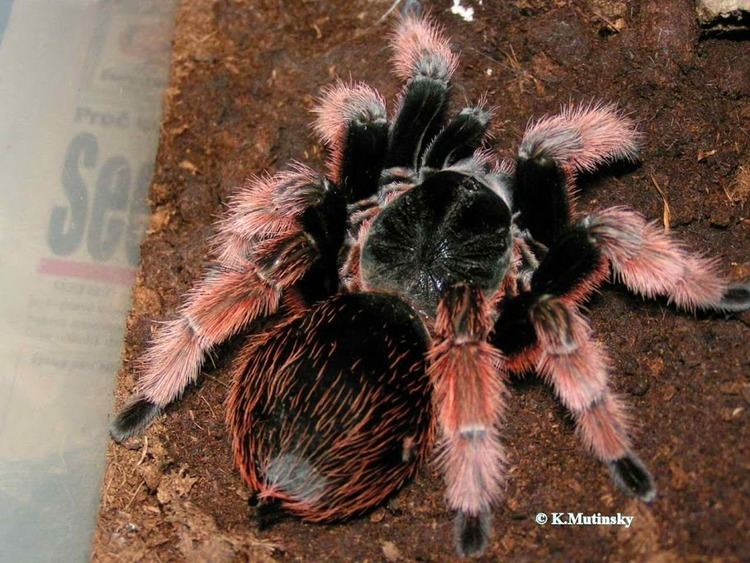 | ||
Similar Brachypelma, Tarantula, Brachypelma emilia, Brachypelma auratum, Brachypelma boehmei | ||
The Brachypelma klaasi (better known as the Mexican pink tarantula) is a tarantula endemic to Mexico and it is the rarest of the Brachypelma genus.
Contents
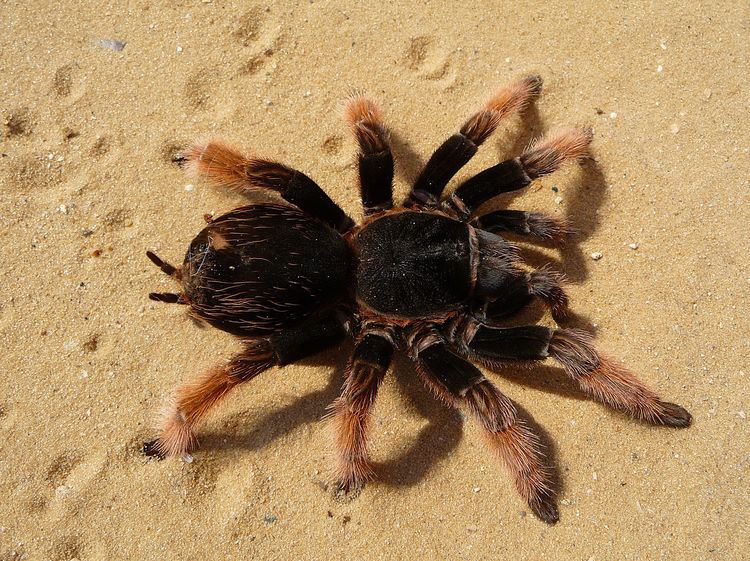
Distribution

B. klaasi is found at elevations of 300–1400 m above sea level on the western slopes of the Sierra Madre Occidental and some areas on the western limits of the Transverse Volcanic Belt in Jalisco and Nayarit states. Its known range extends from Tepic, Nayarit, in the north to Chamela, Jalisco, in the south, with the largest known population at the biological reserve at Chamela.
Appearance
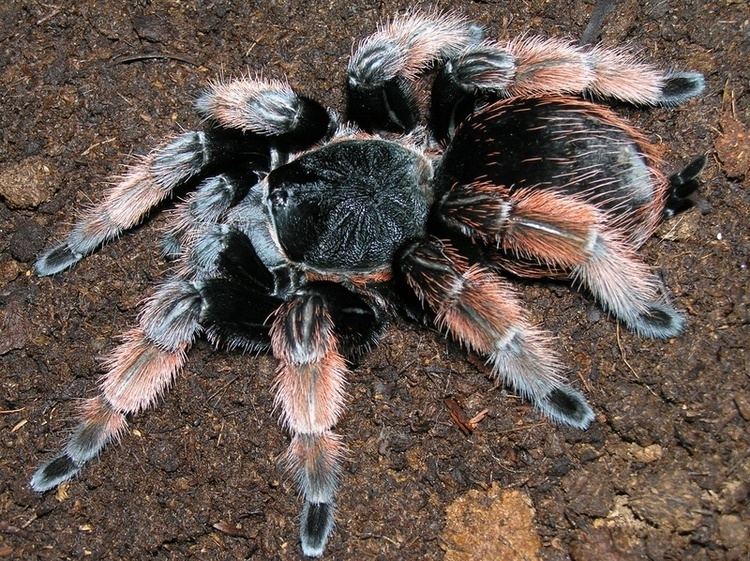
The setae of this species have a uniformly rusty appearance. The coloration is very similar to that of the six species of Brachypelma that are endemic to the west coast. B. boehmei is similar, having black tarsi, orange-yellow metatarsi, tibias and patellas, black femora and coxae and orange-yellow hairs on the opistosoma. It differs only in the carapace, which is yellow-orange in B. boehmei and black in B. klaasi. Another very similar species is B. baumgarteni. Adults of B. klaasi have a body length of about 16 cm.
In captivity
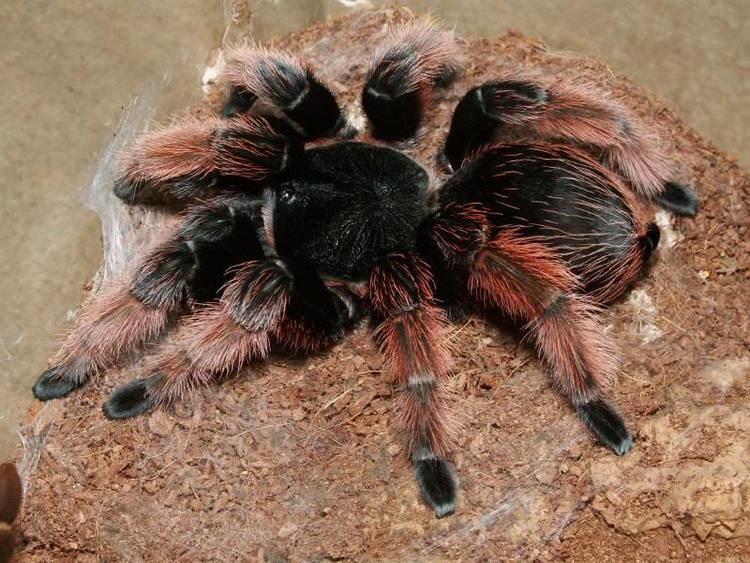
There is a high rate of collection for the pet trade of B. klaasi and other members of the Brachypelma genus. As such, all members of the Brachypelma genus have been placed in appendix II of CITES. B. klaasi is considered to be the rarest and most threatened of the Mexican tarantula species. Their slow growth, combined with habitat degradation and illegal wild capture for the pet trade means that it is estimated that less than 0.1% of individual tarantulas survive from egg to adulthood in the wild.
Name
The species is named in honor of Peter Klaas, the collector of the species.
